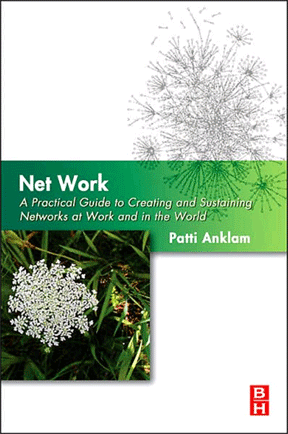At a meeting in December, a friend recently handed out The Eureka Hunt, from the New Yorker magazine’s issue of July 28, 2008. The annals of science have now extended to an understanding of how insight occurs. It turns out that the brain activity associated with insights comes from the right hemisphere which, as that hemisphere has long been associated with creativity, makes sense. But there’s a very interesting network insight as well: “Cells in the right hemisphere are collecting information from a larger area of cortical space. They are less precise but better connected.” (Emphasis mine.) Simply, the cells have longer branches and access to a larger network of associations.
It gets more intriguing when we consider that when we are trying to solve a problem, we start with a focus that is controlled by the brain’s prefrontal cortex, which wants to focus, get away from distractions, and look closely at the problem. Fortunately, this cortext is not just the largest part of the brain, it is also connected to all the other parts. The hub, if you will, of a network of networks. In order for the right hemisphere to be allowed to do its thing — to work its way through its branches and network of associations — the prefrontal cortex has to relax and give up control to the right hemisphere. Then, and perhaps only then, are we available for insight.
I’ve used the phrase “planned serendipity” to refer to the intentional practice of using Dopplr (though I use Twitter much more now) to let people know my travels and to see the travels of others just in case we engineer an encounter that might or might not happen otherwise. Seeking insight means we have to let go of the seeking, stop thinking so hard and just let the network do its work, just as in our lives we sometimes need to look beyond our frontal cortex of close friends, colleagues, and relationships to remember that we have a myraid of looser connections and weak ties that we may allow to come to light.


